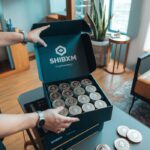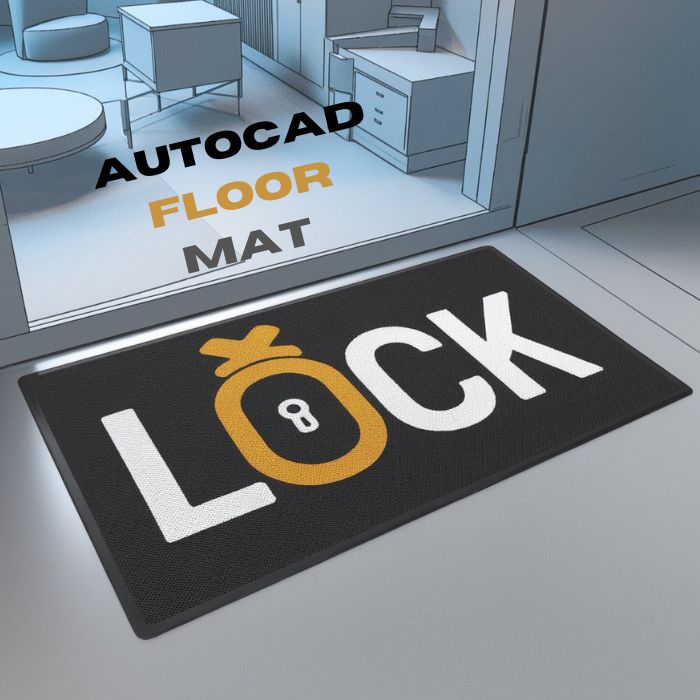Home interior design is an evolving field that combines creativity, practicality, and personal expression. It’s about more than just choosing furniture and paint colours; it’s about creating an environment that reflects who you are and how you live. Whether you’re starting from scratch in a new home or looking to refresh a single room, understanding the principles of home interior design can help you create spaces that are both beautiful and functional. This blog post delves into the intricacies of home interior design, offering insights and tips on how to transform your living spaces into sanctuaries.
Understanding Home Interior Design
What is Home Interior Design?
Home interior design involves the art and science of enhancing the interior of a building to achieve a healthier and more aesthetically pleasing environment for the people using the space. It encompasses a broad spectrum of elements, including layout, color schemes, furniture selection, decor, and lighting. The goal is to create spaces that not only look good but also serve the practical needs of the inhabitants.
The Importance of Interior Design
Good interior design can significantly impact the quality of life. It can improve functionality, increase the value of your home, and create a space that is comfortable and welcoming. It also reflects personal style and can influence mood and productivity. By understanding the principles of interior design, you can make informed decisions that will enhance your living environment.
The Principles of Interior Design
Balance
Balance is about creating a sense of equilibrium within a space. This can be achieved through symmetrical, asymmetrical, or radial balance. Symmetrical balance involves mirroring elements on either side of a central point, while asymmetrical balance uses different elements that have equal visual weight. Radial balance is achieved by arranging elements around a central point.
Harmony and Unity
Harmony and unity refer to the coherence of the design elements in a space. This can be achieved by using a consistent color scheme, similar textures, and complementary styles throughout the room. The goal is to create a space where all elements work together to create a cohesive look.
Rhythm
Rhythm in interior design is about creating visual interest through repetition and contrast. This can be achieved by repeating patterns, colors, shapes, or textures in a space. Rhythm helps to guide the eye through the room and creates a sense of movement.
Emphasis
Emphasis involves creating a focal point in a room that draws attention. This could be a piece of artwork, a fireplace, or a striking piece of furniture. The focal point should be the first thing people notice when they enter the room, and other design elements should complement and enhance it.
Proportion and Scale
Proportion and scale refer to the relationship between the size of different elements in a space. Ensuring that furniture and decor items are appropriately scaled to the size of the room and to each other is crucial for creating a balanced and harmonious space.
The Elements of Interior Design
Space
Space is the foundation of interior design. It refers to the physical boundaries of a room and the area within those boundaries. Understanding how to use space effectively is crucial for creating functional and aesthetically pleasing interiors.
Line
Lines help to shape a room and guide the eye. They can be vertical, horizontal, or dynamic (diagonal or curved). Vertical lines can add height and formality, horizontal lines can create a sense of stability and calm, and dynamic lines can add energy and movement to a space.
Form
Form refers to the shape of objects within a space. It can be geometric (structured and hard-edged) or organic (natural and fluid). The form of furniture, decor, and architectural elements can significantly influence the overall aesthetic of a room.
Light
Lighting is a critical element of interior design. It affects how colors and textures are perceived and can influence mood and functionality. There are three main types of lighting: ambient (general lighting), task (specific, functional lighting), and accent (decorative lighting).
Color
Color plays a vital role in interior design. It can set the mood, define a style, and influence how a space feels. Understanding color theory and the relationships between colors can help you create a cohesive and appealing color scheme for your home.
Texture
Texture adds depth and interest to a space. It can be visual (how a surface looks) or tactile (how a surface feels). Mixing different textures can enhance the sensory experience of a room and add layers of visual interest.
Pattern
Patterns can add dynamism and visual interest to a space. They can be found in fabrics, wallpapers, rugs, and other decor elements. When using patterns, it’s important to consider scale and balance to avoid overwhelming a space.
Steps to Designing Your Home Interior
Assessing Your Needs and Style
Before you start designing, it’s important to assess your needs and define your style. Consider how you use each room and what activities take place there. Think about your personal tastes and preferences. Do you prefer a modern, minimalist look, or are you drawn to traditional, cozy spaces?
Creating a Plan
Once you have a clear understanding of your needs and style, create a plan. This should include a layout of the space, a budget, and a timeline. Consider working with a professional interior designer if you need help bringing your vision to life.
Choosing a Color Scheme
Select a color scheme that reflects your style and enhances the mood of the room. Use color theory to choose complementary colors and consider the size and lighting of the space when making your choices. Neutral colors can create a calming backdrop, while bold colors can add energy and personality.
Selecting Furniture and Decor
Choose furniture and decor that align with your style and fit the scale of the room. Invest in classic pieces that will last, and don’t be scared to combine different styles to create a unique appearance. Consider the functionality of each piece and how it contributes to the overall design.
Lighting
Plan your lighting to create a balanced and functional space. To get the desired impact, combine accent, task, and ambient lighting. Consider natural light sources and how you can enhance them with artificial lighting.
Adding Finishing Touches
The finishing touches are what bring a room together. This includes accessories, artwork, textiles, and plants. These elements add personality and warmth to a space, making it feel lived-in and inviting.
Room-by-Room Design Tips
Living Room
Often the centre of the house, the living room is where friends and family congregate. Focus on creating a comfortable and inviting space with plenty of seating and a cohesive colour scheme. Consider the flow of the room and ensure that furniture is arranged to facilitate conversation.
Kitchen
As a practical area, the kitchen should be planned for maximum effectiveness and user-friendliness. Focus on creating a practical layout with ample storage and workspace. Choose durable, easy-to-clean materials and incorporate plenty of lighting to enhance visibility.
Bedroom
The bedroom ought to be a haven of peace and quiet.Choose calming colors, comfortable bedding, and minimal clutter to create a peaceful environment. Incorporate soft lighting and consider adding blackout curtains for a good night’s sleep.
Bathroom
The bathroom is a space for self-care and rejuvenation. Choose materials that are moisture- and dirt-resistant and easy to clean. Incorporate plenty of storage for toiletries and linens, and consider adding elements like a heated towel rack or a rain shower head for a touch of luxury.
Home Office
The home office is becoming a necessary location as more individuals choose to work from home.Focus on creating a productive and inspiring environment with a comfortable desk and chair, adequate lighting, and organised storage. Personalize the space with artwork and decor that motivates you.
Trends in Home Interior Design
Sustainable Design
Sustainability is a growing trend in interior design. This includes using eco-friendly materials, incorporating energy-efficient lighting, and choosing furniture and decor from sustainable sources. In addition to improving the environment, sustainable design makes homes healthier.
Minimalism
Minimalism continues to be a popular trend, characterized by clean lines, neutral colors, and a lack of clutter. This design philosophy emphasizes simplicity and functionality, creating spaces that are both serene and practical.
Maximalism
Maximalism, on the other hand, favours striking hues, patterns, and unconventional interior design.This trend is about expressing personality and creating visually stimulating environments. It encourages layering textures, mixing styles, and incorporating statement pieces.
Smart Homes
The integration of technology into home design is becoming increasingly common. Smart home devices, such as automated lighting, smart thermostats, and integrated entertainment systems, enhance convenience and efficiency. Designing spaces that accommodate these technologies is essential for modern living.
Biophilic Design
The goal of biophilic design is to bring natural elements indoors. This can involve utilising natural materials, growing plants indoors, and making the most of natural light. Biophilic design aims to create a connection with nature, promote well-being and reduce stress.
Conclusion
Home interior design is a multifaceted field that combines creativity, functionality, and personal expression. By understanding the principles and elements of design, you can create spaces that are both beautiful and practical. Whether you’re more of an eclectic or minimalist designer, the important thing is to create with purpose.
Every stage of the design process, from determining your goals and making a plan to selecting the ideal colours, furnishings, and lighting, is an opportunity to make your house a reflection of who you are. Stay informed about current trends and don’t be afraid to experiment and make bold choices.
Ultimately, the goal of home interior design is to create a sanctuary that enhances your quality of life and brings joy to your everyday life. So, embrace the journey of transforming your space and enjoy the process of making your house truly feel like home.








